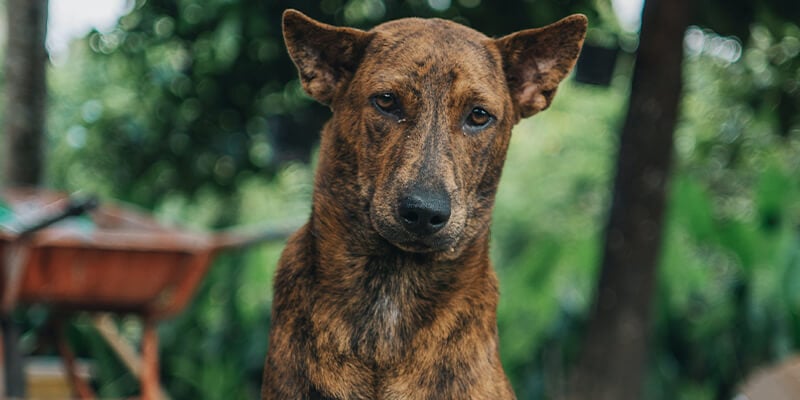Synthetic/Nylon Manja Banned After PETA Push
In response to PETA India’s petition calling for a nationwide ban on all forms of sharp kite-flying strings called manja , a bench headed by Justice Swatanter Kumar, Chairperson of the National Green Tribunal (NGT), passed a final order banning the use of synthetic and nylon manja also well known as Chinese manja. The order excludes cotton thread when coated with a degradable material. PETA will therefore continue its work to protect birds and humans from all forms of manja.
PETA was represented by senior advocate Mr. Sanjay Hegde, who had scientifically demonstrated to the court that, except for uncoated plain cotton threads traditionally known as saddi, all other sharp threads cause grievous injuries to humans and birds when used in kite flying –and they’re also non-biodegradable. PETA had filed the petition in the NGT in August 2016, after which the NGT issued an interim ban on the production, sale, procurement and import of all forms of manja and allowed kite-flying to be done only with a plain cotton thread in December 2016.
In March 2017, a man in Chennai died after his throat got slit with sharp manja while he was driving a bike. On 15 August, 2016, three people –including two 3-year-olds– were killed in Delhi when their throats were slashed by manja. And recently, three people died when their throats were slashed by manja while riding motorbikes, including a man in Ghaziabad in July 2016, a man in East Delhi in August 2015, and a 5-year-old boy in Chennai who was riding with his father in 2015.
Thousands of birds are also killed every year when they are cut or trapped by manja, which can get caught on trees or buildings for weeks. Shri Digambar Jain LAL Mandir bird hospital in Delhi treated 500 birds who were injured within just three days surrounding Independence Day celebrations in 2016. A bird rescuer in Ahmedabad estimates that 2,000 birds – including pigeons and endangered species such as vultures – are injured every year during the city’s Uttarayan festival, and 500 of them die from their injuries. According to estimates, more than 300 birds were injured and over 100 died because of manja during Makar Sankranti in Hyderabad in 2015.
PETA India’s petition also explained that manja causes expensive blackouts and electrocutes kite flyers. According to Delhi power company BSES, a single incident involving a kite near an electrical establishment can affect up to 10,000 customers. In 2016, Delhi power companies also reported that compared to 2015, the number of power-tripping incidents on 15 August nearly doubled, from 18 to 33. Several top power companies, such as Reliance Power and Tata Power, have time and again issued advisories urging people not to fly kites near electrical establishments. In June 2017, three children got electrocuted and received severe burn injuries while flying kites when their manja came in contact with a high tension power line in Ghaziabad. Mukesh Patel was only 13 years old when he sustained burns over 95 per cent of his body after his kite hit a power line in Mumbai. Manja is also destructive to the environment, as it litters the soil and chokes drainage lines, sewer systems, and natural waterways.
Previously, the Ministry of Environment Forests and Climate Change had issued an advisory to all states and union territories asking them to address the manja threat, and the Animal Welfare Board of India had written to all states and union territories urging them to ban it.
To get more updates on victories and progress for animals, sign up for PETA India’s E-News.






